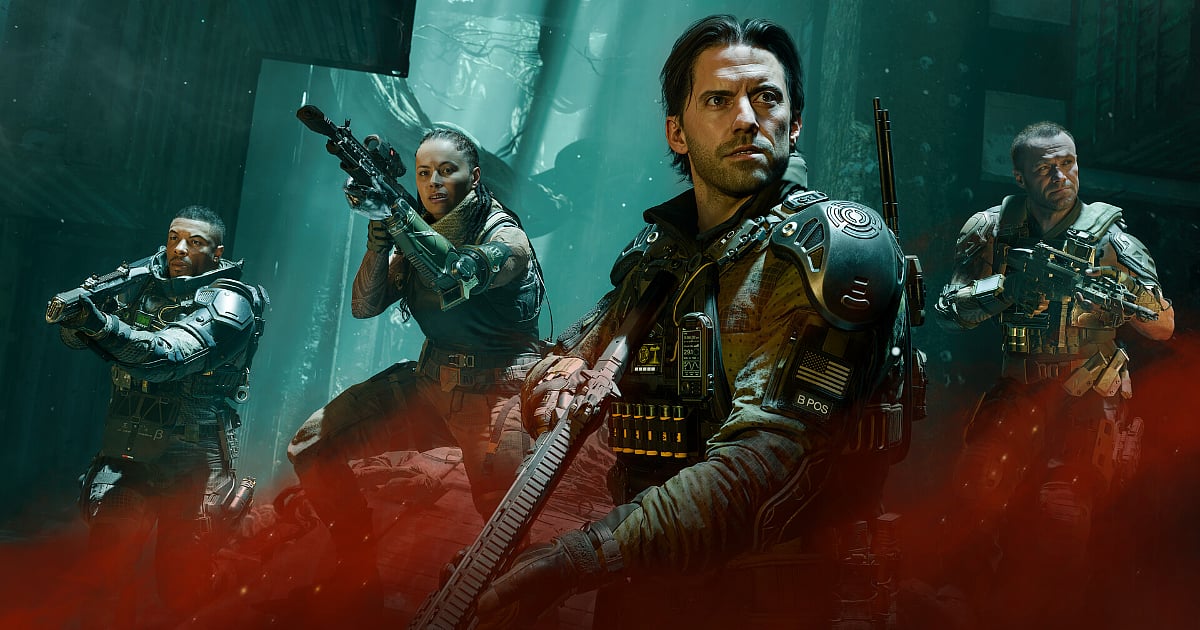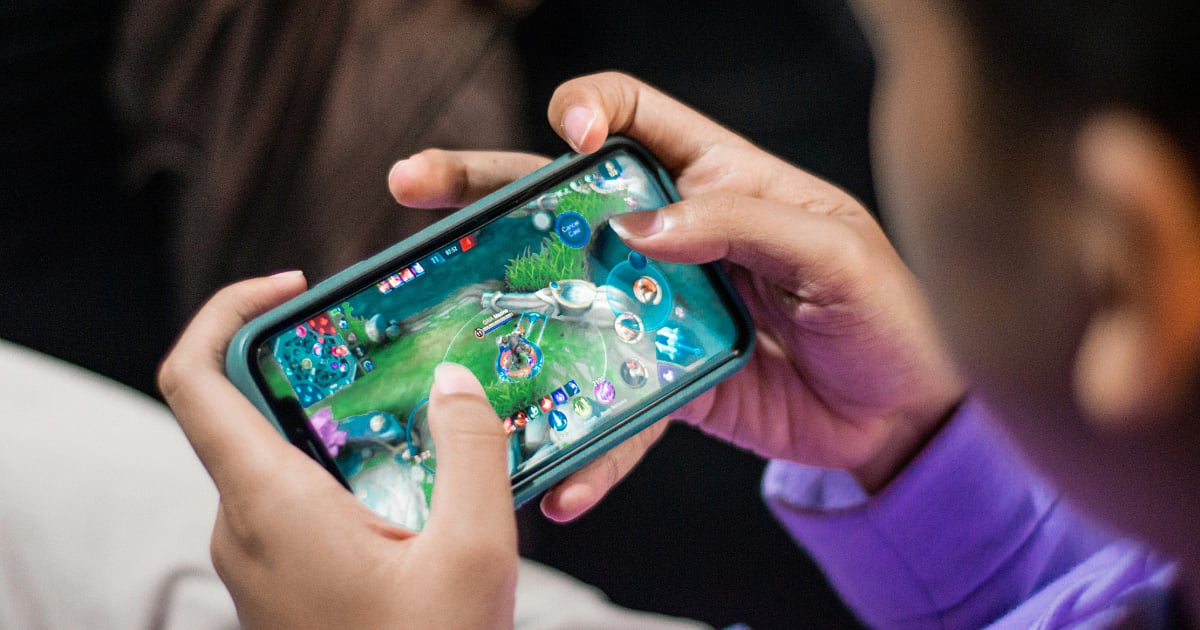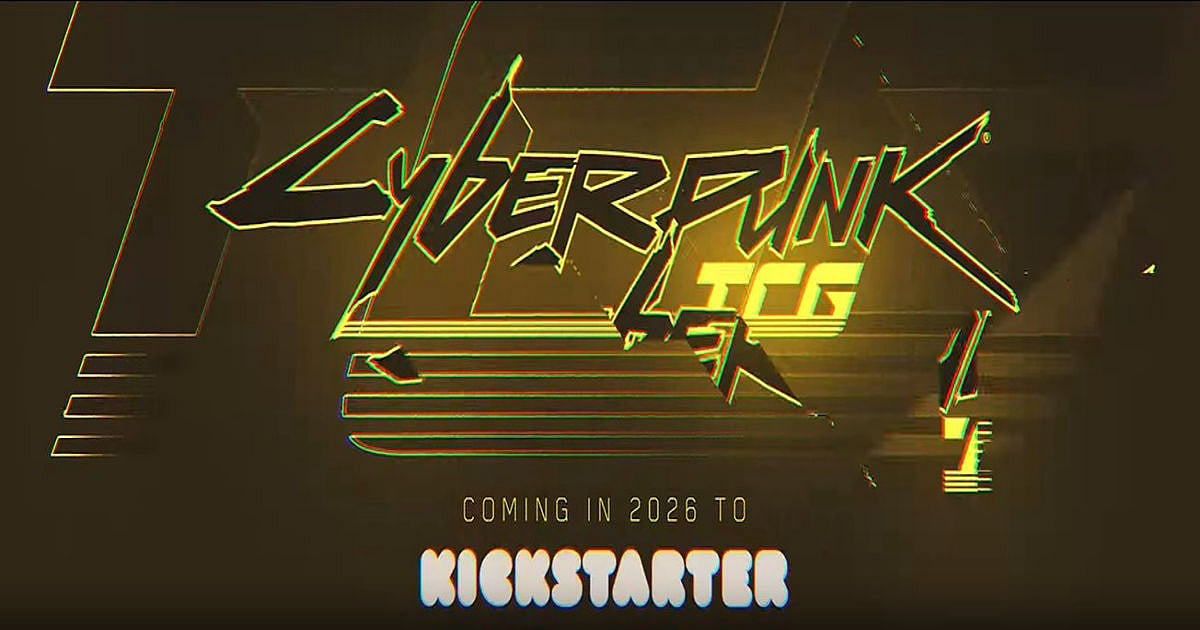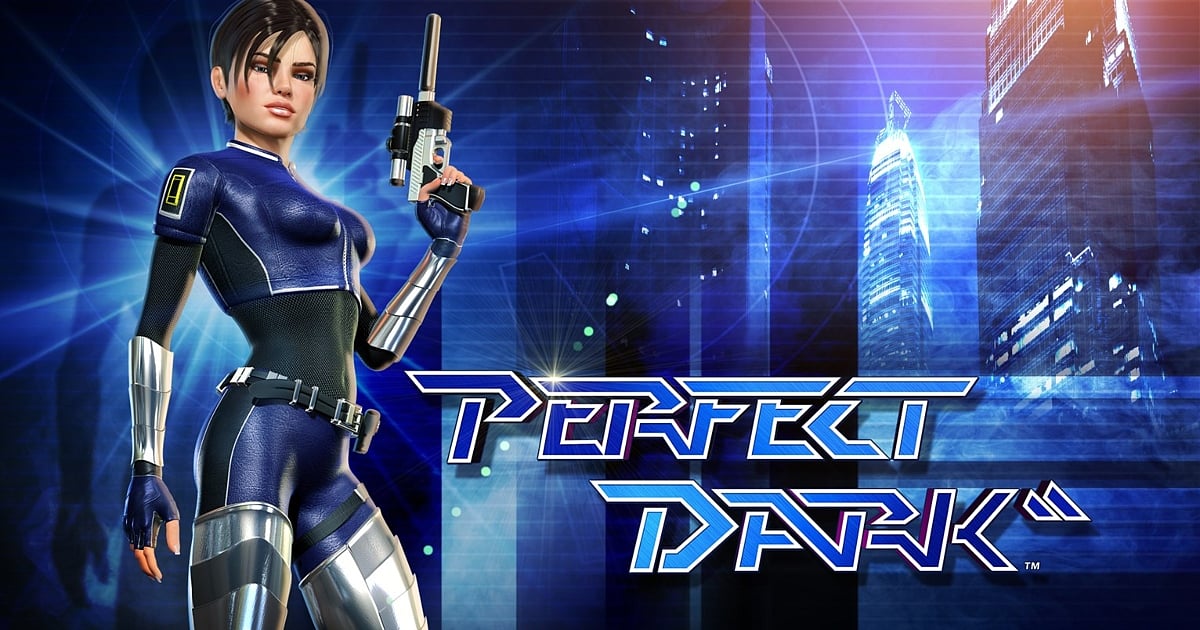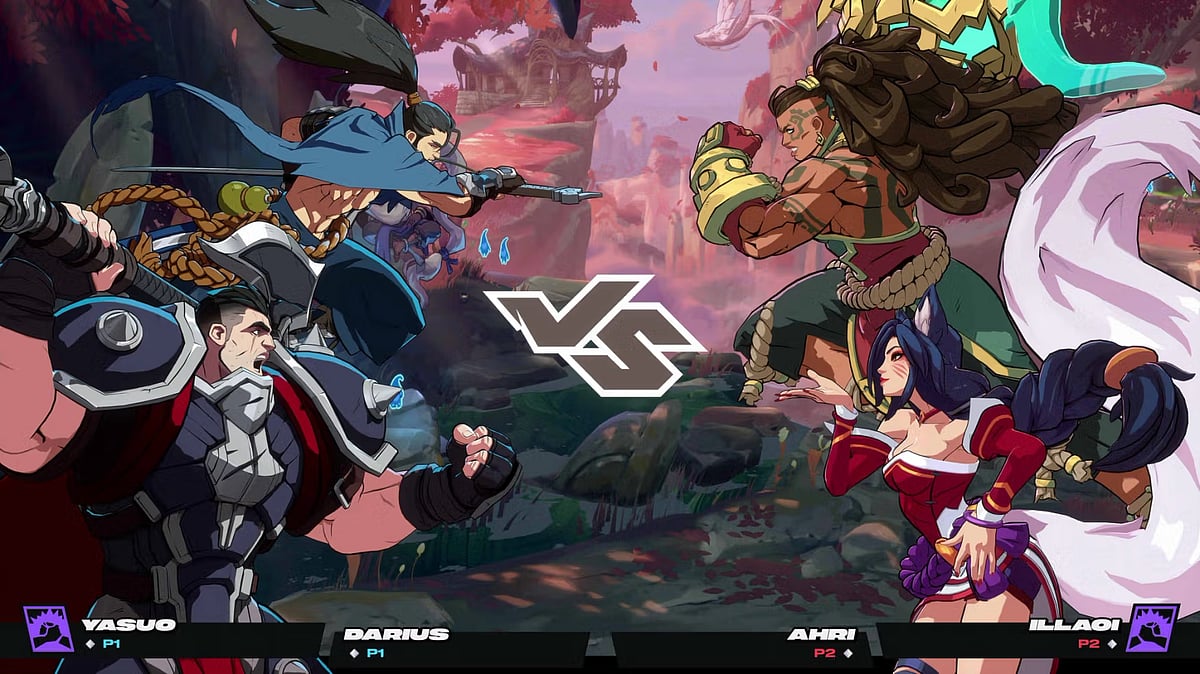
A new era of tag fighters.
Can 2XKO Fill the Void Marvel vs. Capcom Left Behind?
A new generation of fighting games is betting on structure over chaos. The old guard isn't sure how to feel about it.
Highlights
- Marvel vs. Capcom: Infinite (2017) failed by abandoning the series' beloved 3v3 chaos, leaving a void.
- Riot's 2XKO aims to fill this void with a free-to-play, accessible model focused on sustainable competition.
- This marks a shift from MvC's organic, "broken" gameplay to 2XKO's engineered, live-service structure.
For more than 20 years, Marvel vs. Capcom defined what it meant to love fighting games in their purest, most unhinged form. The series was never balanced. It was never fair. And that was precisely the point.
Its 3-versus-3 battles were gloriously broken, a carnival of infinite combos and screen-filling super moves that rewarded creativity over caution. "MAHVEL BAYBEE!" became the rallying cry of a subculture that found beauty in the game's anarchic energy, cementing its place as a staple of the Evolution Championship Series for years.
Then came 2017, and Marvel vs. Capcom: Infinite.
Capcom's attempt to modernize the franchise by chasing the aesthetic of the Marvel Cinematic Universe backfired spectacularly. Gone were the X-Men, Doctor Doom and the comic book vibrancy that had defined the series. In their place: plastic-looking character models and a shift from 3-versus-3 to a more conservative 2-versus-2 format that felt like a betrayal of everything fans loved.
The market spoke clearly. According to Capcom's own sales data, Infinite managed only 2.4 million copies sold worldwide by early 2025. On Steam, the game peaked at a modest 3,600 concurrent players. This wasn't a case of fighting games falling out of favor. Capcom's own Street Fighter 6, released in 2023, sailed past five million copies. The audience was there. Infinite simply wasn't the game they wanted.
Enter the Engineers
Into this vacuum step Riot Games, the Los Angeles-based developer that turned League of Legends into a cultural juggernaut. With 2XKO, its new fighting game, Riot isn't trying to recreate the chaos that made Marvel vs. Capcom special. It's trying to build something more sustainable, more scalable and, crucially, more profitable over the long term.
Where Marvel vs. Capcom was a $60 purchase that lived or died by its launch, 2XKO is free to play, supported by cosmetics and battle passes. It's a model Riot has perfected across multiple games, one that prioritizes player count over unit sales and long-term engagement over short-term revenue.
The gameplay philosophy differs just as sharply. Marvel vs. Capcom thrived on emergent, often accidental interactions that created legendary tournament moments. 2XKO pursues what Riot calls "competitive clarity" — lowering execution barriers with simplified inputs and introducing features like the Fuse System and Duo Play mode, where two players each control one character on a team.
It's a more welcoming approach, designed to smooth the notoriously steep learning curve that has historically kept fighting games niche. Whether longtime fans will embrace this accessibility remains an open question.
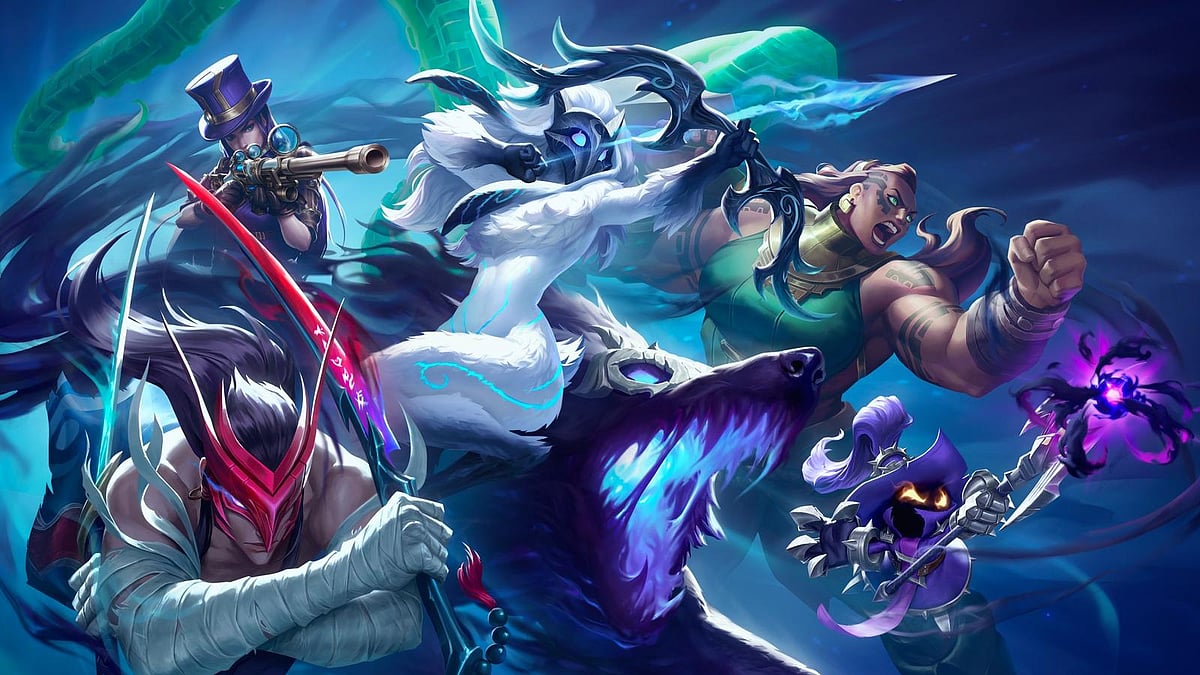
LOL
What's Actually in the Box
In terms of raw content, the comparison between 2XKO and the original 1998 Marvel vs. Capcom (recently re-released in the 2024 Fighting Collection) is telling. The classic game featured 15 playable characters and 22 different assist characters, along with a full arcade mode.
2XKO's early access launch on Oct. 7, 2025, includes 11 playable champions (among them Jinx, Ahri, Yasuo, Darius and Ekko, all pulled from League of Legends) alongside casual, competitive and training modes. It's a leaner offering, but Riot's track record suggests an aggressive content pipeline is coming.
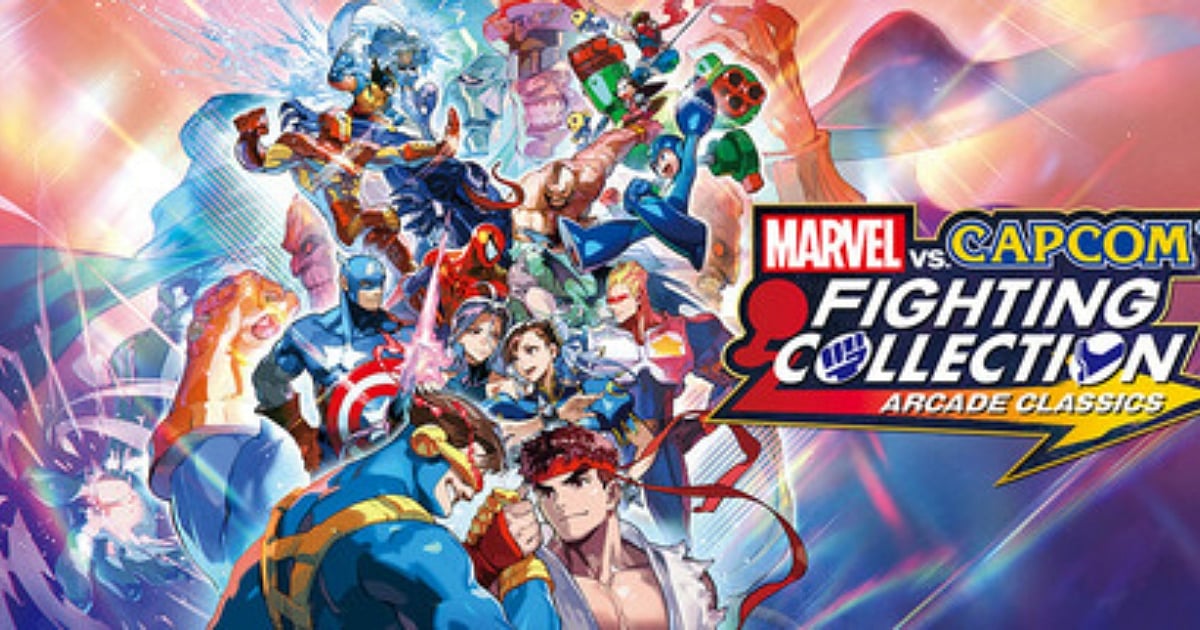
Steam
Two Paths to Competitive Glory
Perhaps nowhere is the contrast more striking than in how these games approach competitive play.
Marvel vs. Capcom's esports scene grew organically from arcade culture, built by passionate players running their own tournaments and streaming matches from cramped venues. It was grassroots, chaotic and beloved for its unpredictability.
2XKO arrived at EVO France 2025 with top talent from Dragon Ball FighterZ, Guilty Gear and Street Fighter already on board, the product of Riot's established esports infrastructure. The company has shown with League of Legends and Valorant that it knows how to build centralized, professional competitive circuits at scale.
One approach cultivated a devoted community through decades of organic growth. The other offers instant global tournament support and the resources to sustain it indefinitely.
The Broader Battle
Riot isn't just competing with nostalgia. The fighting game landscape has grown crowded, with new entries like Street Fighter 6, Guilty Gear -Strive-, and the upcoming Marvel Tokon: Fighting Souls vying for attention. Each represents a different answer to what modern fighting games should be.
Marvel vs. Capcom was, in many ways, a beautiful accident: imbalanced, unpredictable and cherished precisely because it refused to be tamed. 2XKO is something else entirely: an engineered platform built on the lessons of billion-dollar live-service games, designed not just to capture a moment but to sustain a community for years.
The fighting game community now faces a choice. The era of wild, emergent gameplay may be giving way to something more structured, more monetized and more deliberately designed. Whether that represents evolution or loss depends on who you ask.
What's certain is this: The old guard that shouted "MAHVEL BAYBEE!" and the new generation learning combos in 2XKO are playing fundamentally different games, even if they're fighting on the same stage.

Author
Krishna Goswami is a content writer at Outlook India, where she delves into the vibrant worlds of pop culture, gaming, and esports. A graduate of the Indian Institute of Mass Communication (IIMC) with a PG Diploma in English Journalism, she brings a strong journalistic foundation to her work. Her prior newsroom experience equips her to deliver sharp, insightful, and engaging content on the latest trends in the digital world.
Krishna Goswami is a content writer at Outlook India, where she delves into the vibrant worlds of pop culture, gaming, and esports. A graduate of the Indian Institute of Mass Communication (IIMC) with a PG Diploma in English Journalism, she brings a strong journalistic foundation to her work. Her prior newsroom experience equips her to deliver sharp, insightful, and engaging content on the latest trends in the digital world.
Related Articles
